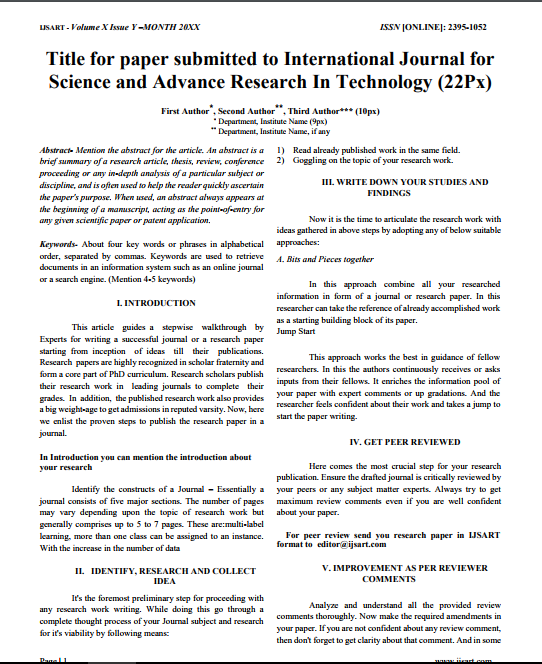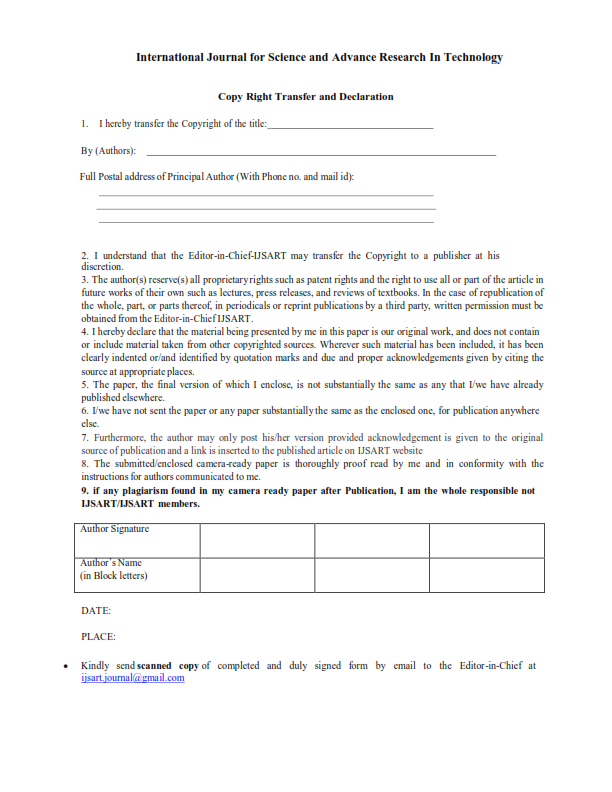Impact Factor
7.883
Call For Paper
Volume: 11 Issue 05 May 2025
LICENSE
Fpga Implementation Of I2c And Spi Protocols Using Vhdl
-
Author(s):
Satish M Ghuse | Prof. Surendra K. Waghmare
-
Keywords:
Xilinx Software 14.5, Model Sim Software, I2C Serial Communication Protocol, SPI Serial Communication Protocol, Pipelined Buffer
-
Abstract:
I2C And SPI Are The Serial Communication Protocols That Are Commonly Used For Both Intra-chip And Inter-chip Low/medium Bandwidth Data Transfer. It Can Support Bidirectional Data Transfers At Up To 100 Kbit/s In The Standardmode, Up To 400
Other Details
-
Paper id:
IJSARTV2I105857
-
Published in:
Volume: 2 Issue: 10 October 2016
-
Publication Date:
2016-10-01
Download Article


